Deep brain stimulation (DBS) is a neurosurgical procedure that involves the implantation of electrodes within the specific targeted areas of the brain. It is used to treat a variety of disabling neurological symptoms.
Deep brain stimulation uses a neurostimulator, commonly referred to as a deep brain stimulator, to deliver electrical stimulation to targeted areas in the brain that control movement.
The impulse sent by the deep brain stimulator interferes with and blocks the electrical signals that cause tremors and other Parkinson’s disease symptoms. The targeted areas most often include the thalamus, subthalamic nucleus, and globus pallidus. Deep brain stimulation procedure has a long history of research. It was first introduced in 1987 and The Food and Drug Administration (FDA) approved deep brain stimulation treatment for essential tremor and Parkinson's disease in 1997.
A pacemaker-like device inserted under the skin in the upper chest regulates the amount of stimulation during deep brain stimulation. The electrodes in the brain are connected to this device by a wire that passes beneath the skin.
Deep brain stimulation treatment has proven effective in most cases, but it could potentially result in serious complications and side effects. This is the main reason why deep brain stimulation treatment is used only for patients whose symptoms are not appropriately controlled with medications.
The signs and symptoms related to DBS are more associated with the underlying neurological conditions it is designed to address rather than being inherent to the stimulation itself. Here are some signs and symptoms related to the neurological disorders often treated with DBS:
Deep Brain Stimulation (DBS) is a treatment primarily used for movement disorders such as Parkinson's disease, essential tremor, and dystonia. The decision to undergo DBS involves a comprehensive evaluation and diagnosis process. Here are key aspects of the diagnosis and testing for DBS treatment:
During the deep brain stimulation therapy, the neurosurgeon first uses an MRI or computed tomography CT scan to identify the exact target within the brain where electrical nerve signals generate the symptoms. Some doctors may use microelectrode recording (a small wire that observes the activity of nerve cells in the target area) to more specifically and precisely identify the target in the brain that will be stimulated during the treatment.
After identifying the targets in the brain, there are several ways in which the permanent electrodes are placed into the target areas. The patient is given a local anesthetic before the procedure, and then the neurosurgeon implants the electrode by making small holes in the skull. The implanted electrodes are connected with extensions (a thin insulated wire) connected with the stimulator. These extensions are passed by some incisions under the skin of the head, neck, and shoulder. A deep brain stimulator is a battery-operated medical device similar to a heart pacemaker. It is implanted under the skin near the collarbone or in the chest.
The surgeon schedules a time to program the generator a few weeks following surgery. The generator continuously pulses electricity into the brain once it has been programmed. With the help of a specialized remote control, the Patient may operate the generator and switch it on or off.
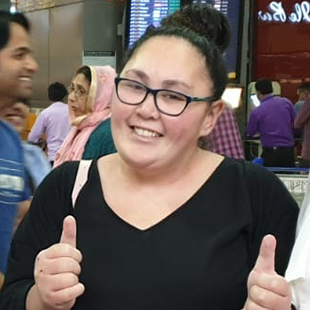
Australia
Chloe Diane from Australia underwent Deep Brain Stimulation Surgery in India Read Full Story
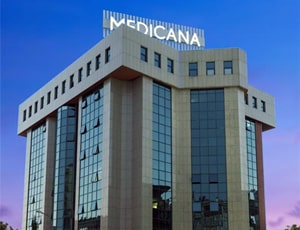
Istanbul, Turkey
Founded in 1999, Medicana Camlica is a specialty hospital of the Medicana Group which is well known ...more
![]() Private Driver / Limousine Services
Private Driver / Limousine Services
![]() International Cuisine
International Cuisine
![]() Phone in Room
Phone in Room
![]() Online Doctor Consultation
Online Doctor Consultation
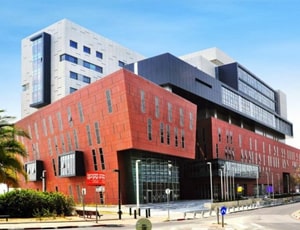
Tel Aviv, Israel
Assuta Medical Center is a leading private hospital in the capital city of Tel Aviv in Israel. Assut...more
![]() Airport Transfer
Airport Transfer
![]() Choice of Meals
Choice of Meals
![]() Interpreter
Interpreter
![]() TV inside room
TV inside room
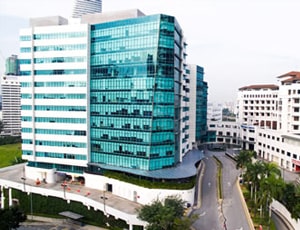
Kuala Lumpur, Malaysia
History Parkway Pantai Hospital in Kuala Lumpur, Malaysia is operating under the Parkway Pantai gro...more
![]() Airport Transfer
Airport Transfer
![]() Choice of Meals
Choice of Meals
![]() Interpreter
Interpreter
![]() SIM
SIM
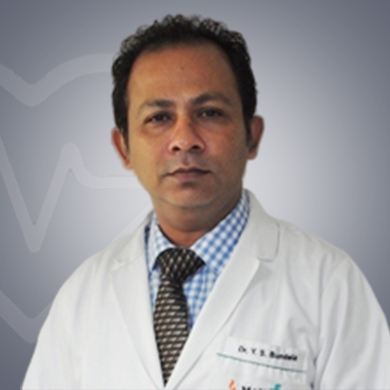
Neurosurgeon
Ghaziabad, India
18 Years of experience
USD 22 for video consultation
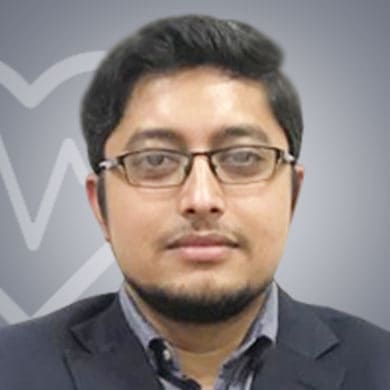
Neuromodulation Specialist
Delhi, India
8 Years of experience
USD 42 for video consultation
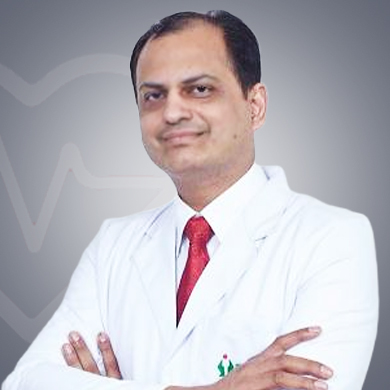
Spine & Neurosurgeon
Noida, India
20 Years of experience
USD 36 for video consultation
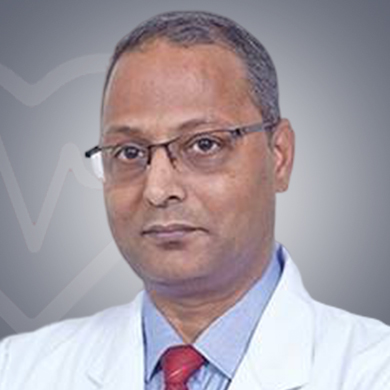
Neuro Surgeon
Ghaziabad, India
25 Years of experience
USD 30 for video consultation
Q: How helpful is deep brain stimulation for Parkinson’s disease?
A: Deep brain stimulation for Parkinson’s disease is not a cure, but it may help to control the symptoms associated with movement such as tremors, rigidity, stiffness, slowed movement and walking problems. As a result, the patient has to depend less on medications after deep brain stimulation treatment and evade the side effects of the medications such as dyskinesia. Deep brain stimulation can treat a majority of the major symptoms of Parkinson’s disease and it also improves the quality of life of the patient.
Q: What is the success rate of deep brain stimulation?
A: The success rate of deep brain stimulation procedure and DBS Parkinson's is quite good enough to be suggested to the patients, primarily when their quality of life is no more acceptable. If deep brain stimulation treatment works, the symptoms experienced by the patient improve significantly. But symptoms usually do not go away completely and this is the reason why in some cases, medications may still be needed.
Q: How long does it take to recovery from deep brain stimulation?
A: The actual DBS programming takes place at least three to four weeks after the surgery. This is the actual time that it takes for a patient to recover fully and getting used to the stimulator may take a few more days or weeks.